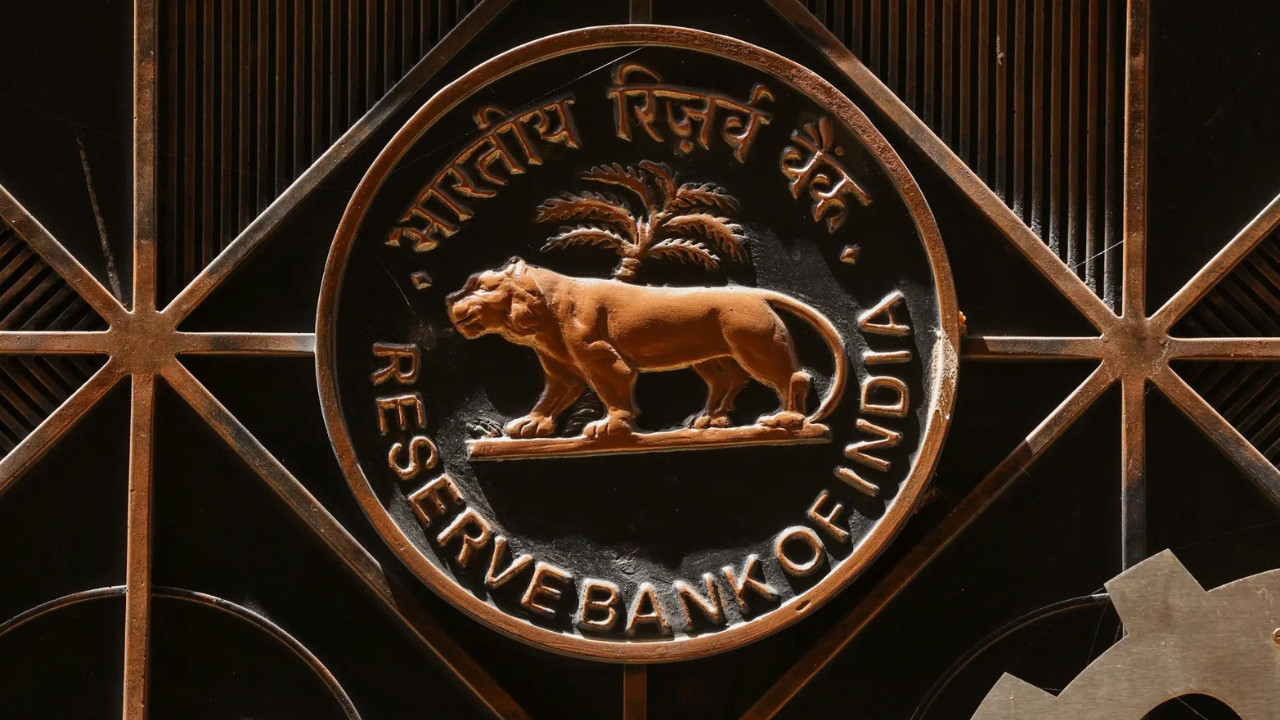The Reserve Bank of India reported that India’s economy showed resilience in May 2025. This is despite global trade issues and geopolitical tensions. Key sectors like industry and services performed well. Foreign direct investment increased significantly in April. However, the RBI cautioned that global trade frictions and geopolitical risks could affect future growth.
India’s Economy: Navigating Global Headwinds with Strong Domestic Sails
India’s economic engine is humming along, displaying a remarkable resilience that’s turning heads worldwide. Recent pronouncements from the Reserve Bank of India (RBI) paint a picture of robust domestic activity, fueled by factors that are making economists optimistic, even amidst a turbulent global landscape. But the path ahead isn’t without its challenges.
The Indian economy has shown a remarkable ability to weather external storms. While geopolitical tensions and volatile commodity prices cast shadows on the global horizon, India’s internal dynamics are providing a strong buffer. Consumer confidence, which has always been a strong indicator of India’s economic health, is on the rise, translating into increased spending. This surge in consumption is further boosted by government initiatives aimed at improving infrastructure and promoting local manufacturing.
Decoding the Domestic Momentum
What exactly is driving this internal strength? Several factors are at play. The government’s continued focus on infrastructure development is creating jobs and stimulating demand across various sectors. Think of the massive highway projects connecting far-flung regions, the expansion of railway networks, and the development of new ports. These projects not only provide immediate employment but also improve connectivity, reduce transportation costs, and ultimately boost economic activity in the long run.
Furthermore, the ‘Make in India’ initiative is gaining traction, encouraging domestic manufacturing and reducing reliance on imports. This, in turn, strengthens the rupee and fosters a more self-reliant economy. The initiative has seen the country become a mobile phone manufacturing hub and aims to encourage further industries, with financial incentives such as tax breaks to attract companies.

Agriculture, a cornerstone of the Indian economy, is also showing positive signs. Favorable monsoon seasons have contributed to healthy crop yields, ensuring food security and supporting rural incomes. The government’s initiatives to modernize agriculture, such as providing farmers with access to better irrigation facilities and technology, are also bearing fruit.
Global Tensions: A Cloud on the Horizon?
Despite the positive domestic outlook, the RBI is cautious about the potential impact of global uncertainties. Geopolitical tensions, particularly those involving major economic powers, can disrupt supply chains, increase commodity prices, and dampen global demand. These factors could indirectly affect India’s exports and investment flows.
Furthermore, volatile commodity prices, especially crude oil, pose a significant risk. India is a major importer of crude oil, and any sharp increase in prices can strain the country’s import bill and fuel inflation.
Global inflation remains a concern, prompting central banks worldwide to tighten monetary policy. This could lead to capital outflows from emerging markets like India, putting downward pressure on the rupee and potentially impacting economic growth.
Staying the Course: The Path Forward for India’s Economy
The RBI is closely monitoring these global developments and stands ready to take appropriate measures to mitigate any adverse impact. The central bank’s proactive approach to managing inflation and maintaining financial stability is crucial in ensuring the long-term health of the Indian economy.
Looking ahead, India’s economic future hinges on its ability to maintain its domestic momentum while navigating the complexities of the global landscape. Continued focus on infrastructure development, promoting local manufacturing, and modernizing agriculture will be key to sustaining growth. Prudent fiscal management and a stable policy environment are also essential to attract foreign investment and boost investor confidence.
It is also important to note that reforms in the labour sector are a vital component to continue stimulating and encouraging growth in India’s Economy.
Ultimately, India’s economic success will depend on its ability to leverage its strengths, address its weaknesses, and adapt to the ever-changing global environment. The country’s resilience and its growing importance in the global economy suggest that it is well-positioned to overcome these challenges and continue on its path to becoming a major economic power.
For related reading, consider our piece on [India’s evolving tech landscape and its impact on the economy](/indian-tech-growth).







